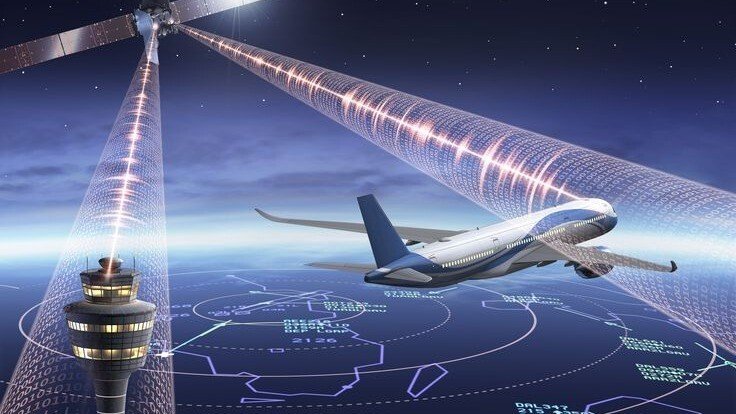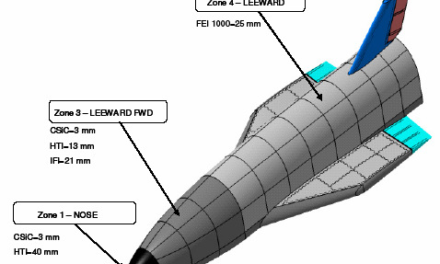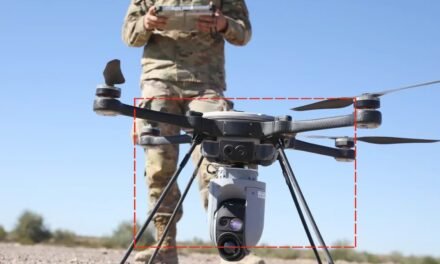Next-generation communication systems ensure real-time data transmission in aircraft by leveraging advanced technologies, optimized architectures, and innovative protocols to provide high-speed, reliable, and secure connectivity. Here’s how these systems achieve real-time data transmission:
1. Advanced Satellite Communication (SATCOM)
- High-Throughput Satellites (HTS):
- Use spot-beam technology to provide focused, high-speed data connectivity.
- Ensure real-time data transmission for applications like in-flight internet and cockpit communication.
- Low-Earth Orbit (LEO) Satellites:
- Reduce latency compared to geostationary satellites.
- Enable faster and more reliable communication for real-time operations such as autonomous flight and air traffic management.
- Ka and Ku Bands:
- Provide higher bandwidth and faster data rates, essential for real-time transmission of large datasets.
2. 5G and Beyond
- High Data Rates:
- 5G networks enable ultra-fast communication between aircraft and ground stations, supporting real-time video, telemetry, and diagnostics.
- Low Latency:
- Achieves near-instantaneous communication crucial for flight safety, remote control of UAVs, and dynamic air traffic management.
- Network Slicing:
- Allocates dedicated network resources for critical aviation data, ensuring reliability and prioritization.
3. Internet of Things (IoT) Integration
- Aircraft IoT Sensors:
- Collect and transmit real-time data on engine performance, fuel levels, and environmental conditions.
- Edge Computing:
- Processes data locally before transmission, reducing latency and enabling quicker responses.
- Cloud Integration:
- Supports the seamless flow of data between aircraft, operators, and ground systems.
4. Aircraft Communication Addressing and Reporting System (ACARS) Evolution
- Modernized Protocols:
- Incorporates digital and IP-based communication to replace legacy analog systems.
- Faster Data Rates:
- Upgraded to transmit higher volumes of operational and maintenance data in real time.
5. VHF Data Link (VDL) and Aeronautical Mobile Airport Communication System (AeroMACS)
- VDL Mode 2 and Beyond:
- Provides reliable data links for air-to-ground communication, supporting air traffic control (ATC) messaging.
- AeroMACS:
- High-speed broadband communication system used at airports for data-intensive applications, enabling seamless aircraft connectivity during taxiing and ground operations.
6. Real-Time Air Traffic Management (ATM) Systems
- System-Wide Information Management (SWIM):
- Facilitates data sharing between aircraft, air traffic controllers, and airports for real-time situational awareness.
- Automatic Dependent Surveillance-Broadcast (ADS-B):
- Continuously broadcasts aircraft position and status data, ensuring real-time situational awareness for ATC and other aircraft.
7. Cybersecurity for Real-Time Data
- Encryption and Authentication:
- Ensure secure transmission of sensitive data, protecting against cyber threats.
- AI-Based Threat Detection:
- Monitors communication channels to detect and mitigate real-time security breaches.
8. Redundancy and Fault-Tolerance
- Multiple Communication Channels:
- Redundancy in satellite, cellular, and radio communication ensures uninterrupted data flow.
- Dynamic Switching:
- Systems switch automatically to the best available channel or network to maintain real-time connectivity.
9. Real-Time Data Analytics and Monitoring
- Predictive Maintenance:
- Enables the immediate analysis of sensor data to predict and address potential issues.
- Flight Optimization:
- Real-time data from weather, traffic, and performance sensors helps pilots optimize flight paths and reduce fuel consumption.
Applications in Real-Time Data Transmission
- Autonomous Aircraft and UAVs:
- Reliant on low-latency communication for remote control and collision avoidance.
- In-Flight Entertainment (IFE):
- High-speed connectivity ensures seamless streaming and passenger engagement.
- Emergency Response:
- Real-time transmission of distress signals and critical data enhances safety and rescue operations.
Conclusion
Next-generation communication systems utilize a combination of advanced satellite networks, high-speed cellular technologies, IoT integration, and real-time analytics to ensure robust, low-latency, and secure data transmission. These capabilities are essential for enhancing safety, efficiency, and operational reliability in modern aviation.
Hashtags
#NextGenCommsSystems #AircraftCommunicationTech #AviationDataLink #RealTimeAircraftComms #SmartFlightConnectivity #RealTimeDataTransmission #SeamlessDataTransmission #FlightDataInRealTime #LiveAircraftMonitoring #EfficientDataExchange #TechnologicalAdvancements #AdvancedCommsTech #DigitalAviationComms #AIInCommunicationSystems #SmartAviationNetworks #InnovativeFlightComms #SatelliteAndBroadbandConnectivity













